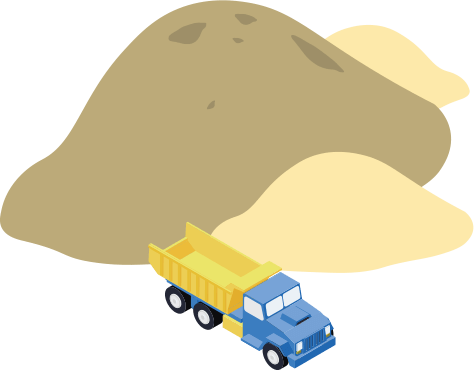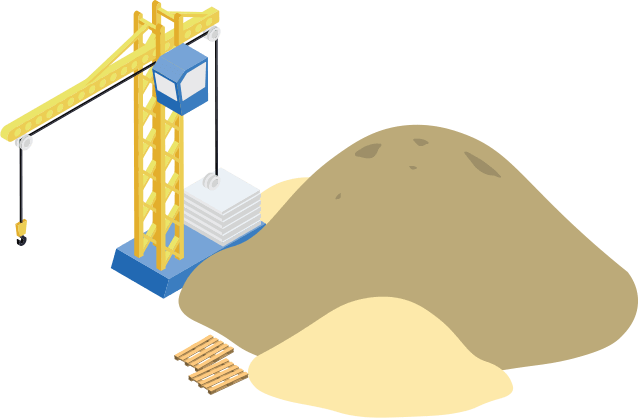Here’s another important marketing concept for you. One that the smallest business can easily employ to their advantage.
A “touch point” is any point where your business contacts the world. Business cards, email signatures, websites, truck signage, invoice forms – you may have dozens of them.
This matters. Dealing with it is easy. Doing so will simplify and improve your marketing.
Sounds good, right? So listen up!
This is about BRANDING. Which is an often mysterious subject. Small businesses tend to skip it. Too confusing, too difficult, we’re too small to worry about it.
NOT!
Here’s why.
Half of branding is CONSISTENCY. The other half is what that branding is. That’s the hard part. But almost any branding is better than no branding. Consistency is the easy part. And the benefits can be dramatic.
CONSISTENCY
The wording and look of your communications should be consistent, across all your touch points.
There are two reasons for this:
FIRST OF ALL, the repetition of the same words and visuals helps get your message across. One survey found a magazine ad had to be seen 9 times before it really sank in and got noticed. But it had to run 27 times to be seen 9 times! That is the same ad, with the same look and message. A different look or message and it isn’t repetition at all.
Repeating the same message and look on multiple communication channels has that same effect. It’s called “cross-channel” and is a huge thing these days. People find a product or company through a search on their phone. They look up the website on the office computer. Then finish up the cycle and purchase on their tablet at home.
For this to work, it needs to be recognizably the same company, product and message.
Let’s say you’re in the home improvement business. Someone sees your Google Ad. They see your truck signage. Then a lawn sign appears as you’re working on their neighbor’s house. They get a postcard in the mail.
About then they go, “You know, I really need to get that patch job done on my roof before the rainy season.” And you get the call.
Multiply this by EVERY touch point. You multiply the chance to get noticed, get that message across and get the lead or sale.
SIMPLIFYING YOUR LIFE
The SECOND reason this is a good idea. No matter how small a business you are. Let me explain by example.
Version A (BAD): You have a website. You decide to get a brochure done. Someone designs a brochure for you with no attention to your website. It is a lot of work. All the design choices have to be made. The words have to be written. It goes back and forth 8 times until it is all set. That was a LOT of your time spent you probably couldn’t really spare.
Tell me I’m wrong.
Version B (GOOD): You have a website. You decide to get a brochure done. The designer uses the look of the website. Only minor design decisions need to be made. You work with the designer and choose words and photos from the website. He lays the whole thing out. You go back and forth a couple of times to finalize.
You just saved about 5 hours over Version A. AND now the website and brochure reinforce each other because they are both communicating the same message visually and in words.
See how I’ve simplified and improved your life?
You’re welcome.
CHOICE OF TOUCH POINTS
Every means of communication you have with the outside world – every touch point – communicates branding.
It occurs whether you mean to or not.
In 1964 Marshall McLuhan, a Canadian professor, said “The Medium is the Message.” It became famous, and made him a lot of money, mostly I suspect, because no one understood it.
The kernel of truth is that HOW you communicate is itself a communication.
That includes your choice of communication channels. The mere fact of running a Super Bowl ad tells people you are substantial, and presumably a trustworthy business.
So think about this too. Maybe a magnetic truck sign isn’t the best idea.
MAKE A LIST
If you want to put this concept to work, start by making a list of every touch point you have. Try not to forget anything. We have a book in our marketing library that lists over 100 potential touch points.
Save the document so you can go back to it and add to it as you think of or add new touch points or something changes.
What do you like best, out of all your touch points? Use this for your branding. If you don’t like any of them, pick one and get it re-done so you’re happy. The website is usually a good place to start.
Begin, bit by bit, to update the other touch points. It doesn’t matter if it takes a year, or three years to get everything consistent.
Your business will be all the better for it.









